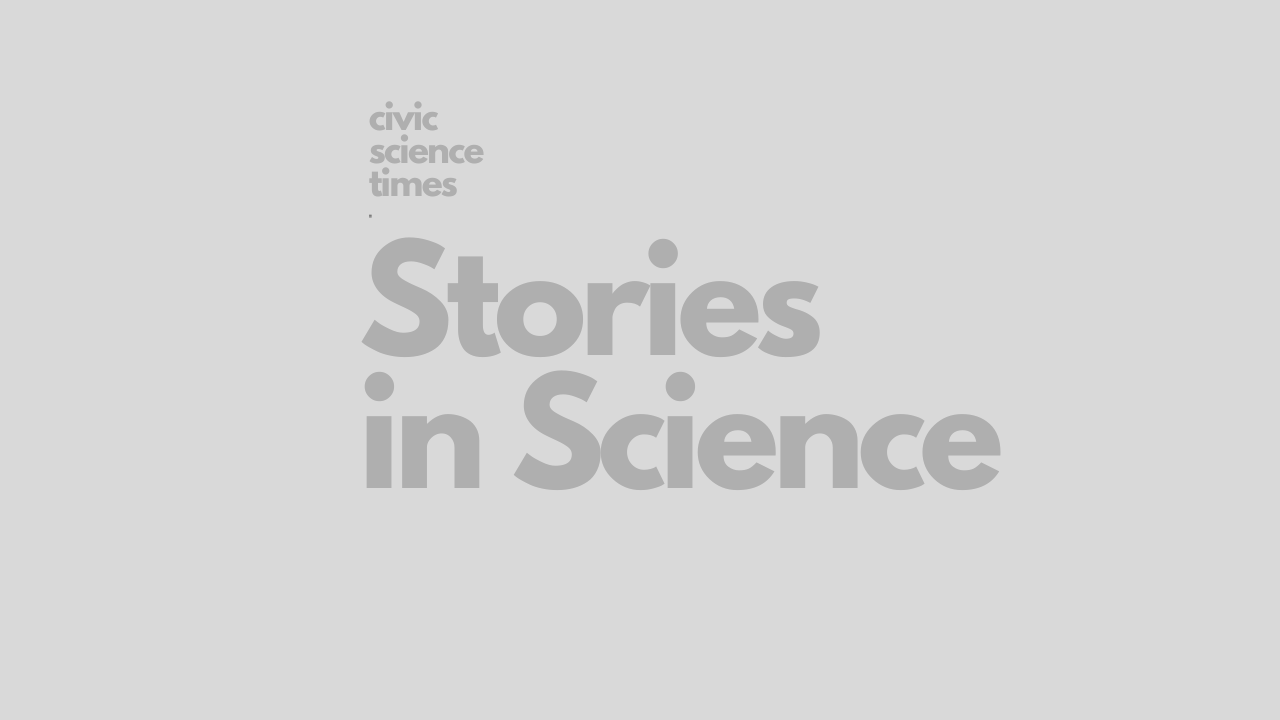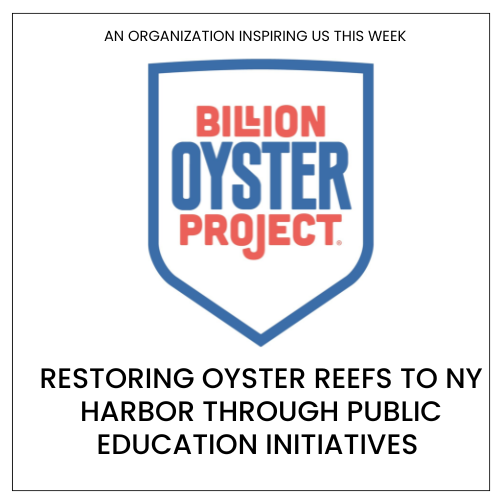CSO - Stories in Science
On Being Queer in STEM
Ive Velikova hosts Science With Ive, an educational YouTube channel that tackles quirky science questions. Her curiosity and evidence-based research lets you laugh and learn alongside her with each video. The story below was originally published on Sister, a new media platform aimed at changing the narrative so that it genuinely represents and advances all who identify as women in STEM.

Ive Velikova
[su_boxbox title=”About” box_color=”#262733″]Ive Velikova hosts Science With Ive, an educational YouTube channel that tackles quirky science questions. Her curiosity and evidence-based research lets you laugh and learn alongside her with each video. The story below was originally published on Sister, a new media platform aimed at changing the narrative so that it genuinely represents and advances all who identify as women in STEM. You can read the original story HERE. You can find Ive Velikova on Twitter @ScienceWithIve [/su_boxbox]

Ive Velikova. Photo by Timothy Law.
[dropcap]I[/dropcap]’m not just a scientist. I’m a queer scientist. In addition to the challenges of fieldwork, lab experiments, and grant applications, many queer scientists face barriers due to our sexual orientation and gender identity. Folks who identify as lesbian, gay, bisexual, transgender, queer, intersex, asexual, nonbinary, and two spirit all fall under the LGBTQ+ umbrella. Queer folks may struggle to feel accepted in many fields, including science, technology, engineering, and mathematics (STEM). As a bisexual woman, I love being out and proud within my friend group, but I hesitate to come out in my lab or workplace. I can can count on one hand the number of times I’ve seen my sexuality represented in my field. To highlight the queer scientist experience, I asked several LGBTQ+ scientists to share their stories of being out in STEM.
Being one of few (or the only) LGBTQ+ scientists in your workplace can be isolating. Biogeochemist Rob Ulrich shared that straight men in his lab often do not want to associate with gay men—there is internalized homophobia, as well as fear of attraction and femininity. He said, “It is hard to make friends with people in my department and classes because 90% of straight guys do not want to associate with gay guys. […] Because of that, I had to go out of my way to find friends in other places that aren’t school, which I did. However, this is extremely isolating. Being in school, you’re super busy… so having friends that aren’t in school also can be pretty distracting. Ideally, you’d have friends in your classes that you can do your homework and projects with as you’re hanging out, but in this case, you have to do your homework alone and hope that you have time leftover to go hang out with your friends.” Homophobia from coworkers, however subtle, can make you feel isolated in your own workplace.
The effects of homophobia need not be drastic—they can be as subtle as feeling uncomfortable mentioning your partner, or seeking to prove yourself in your field. Queer folks are often expected to represent the entire community. We may dodge out-of-the-blue and invasive questions about our sexuality or gender identity. Working in close quarters with our colleagues, we may “tone down” our gender expression to avoid ruffling any feathers in the lab. Trans scientists who chose to change their name may have a back record of academic papers, forcing them to out themselves at academic conferences. Many of these experiences are unique to queer scientists, and deserve to be heard and addressed to make STEM more inclusive to all.
Recent studies show that 40% of queer STEM workers are not out to their colleagues. Often, queer scientists frame ourselves as “scientists first” and “LGBTQ+ second.” We may choose to remain in the closet to avoid standing out. In my undergraduate degree, I was taught by two LGBTQ+ professors—neither mentioned their identities in class, in the lab, or in one-on-one conversations with me. How can I feel welcomed as a queer scientist if the norm is to stay in the closet?
Often, queer scientists frame ourselves as “scientists first” and “LGBTQ+ second.”
While these conditions may seem bleak, positive LGBTQ+ visibility can change the queer STEM experience. Chatting with chemical engineer Lindsey Jarema left me feeling hopeful and energized for the future of queer folks in STEM.
Lindsey recalls reading a media piece that asked, “Do you remember what it felt like the first time that you saw a queer person really owning it and it gave you the confidence to be yourself? You’re that person to someone.” That phrase empowered her to be her true self on a daily basis. She shared, “I rock an aggressive haircut, and I am out to everyone I meet, and I often don’t have to come out because it’s a known part of who I am. I will openly discuss the oSTEM chapter that I started and suggest it to peers, I will bring girlfriends to events for research, work, and with my straight friends, and it’s a fundamental part of who I am.” She believes it’s all the more important that she is visible in her community because she can do so safely.
“Do you remember what it felt like the first time that you saw a queer person really owning it and it gave you the confidence to be yourself? You’re that person to someone.”
Resources for the LGBTQ+ STEM community are growing. July 5, 2018 marked the first ever LGBT STEM Day, and online communities like 500QueerScientists showcase queer role models in a broad range of science fields. The oSTEM community connects scientists both online and in-person, through local chapters across the world. Science Twitter can be an incredibly positive space to talk to fellow queer scientists, including using the hashtags below:
#QueerinSTEM
#STEMdiversity
#LGBTscience
#LGBTSTEMDay
#QueerAndSTEM
#LGBTQandSTEM
#LGBTinSTEM
#TransandSTEM
#ActualLivingScientist
My fellow queer scientists, I applaud you. It isn’t easy to succeed in the Ivory Tower of Academia as a member of the LGBTQ+ community. While invasive comments, subtle homophobia, and lack of representation seem to follow you everywhere you go, know that you’re not alone. There is a growing community that has your back.
Cover Image from Pixabay | CC0 Creative Commons
Metrics
Sessions
Total number of Sessions. A session is the period time a user is actively engaged with the page.
Visitors
Users that have had at least one session within the selected date range. Includes both new and returning users.
Page views
Pageviews is the total number of time the article was viewed. Repeated views are counted.
The CS Media Lab is a Boston-anchored civic science news collective with local, national and global coverage on TV, digital print, and radio through CivicSciTV, CivicSciTimes, and CivicSciRadio. Programs include Questions of the Day, Changemakers, QuickTake, Consider This Next, Stories in Science, Sai Resident Collective and more.

-
Civic Science Observer2 weeks ago
What are the objectives of the Neurotech Justice Accelerator at Mass General Brigham?
-
Civic Science Observer2 months ago
New survey explores what people in South Africa expect of publicly visible scientists – why it matters
-
Civic Science Observer2 months ago
Ecosystem building in action: Science Talk 2025 and the dynamic civic science conference landscape
-
Civic Science Observer1 month ago
Dear Colleagues: Now is the time to scale up public engagement with science




















